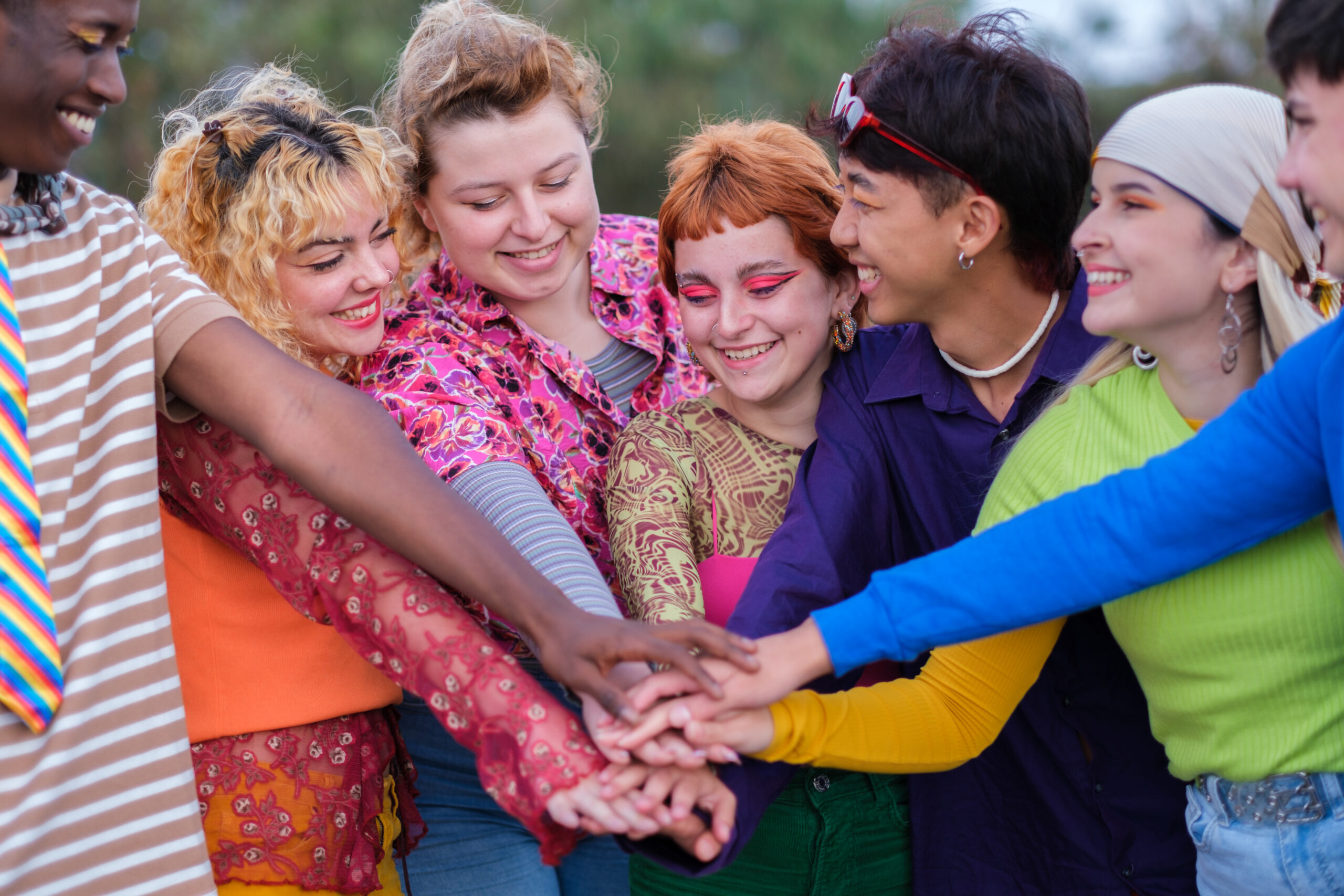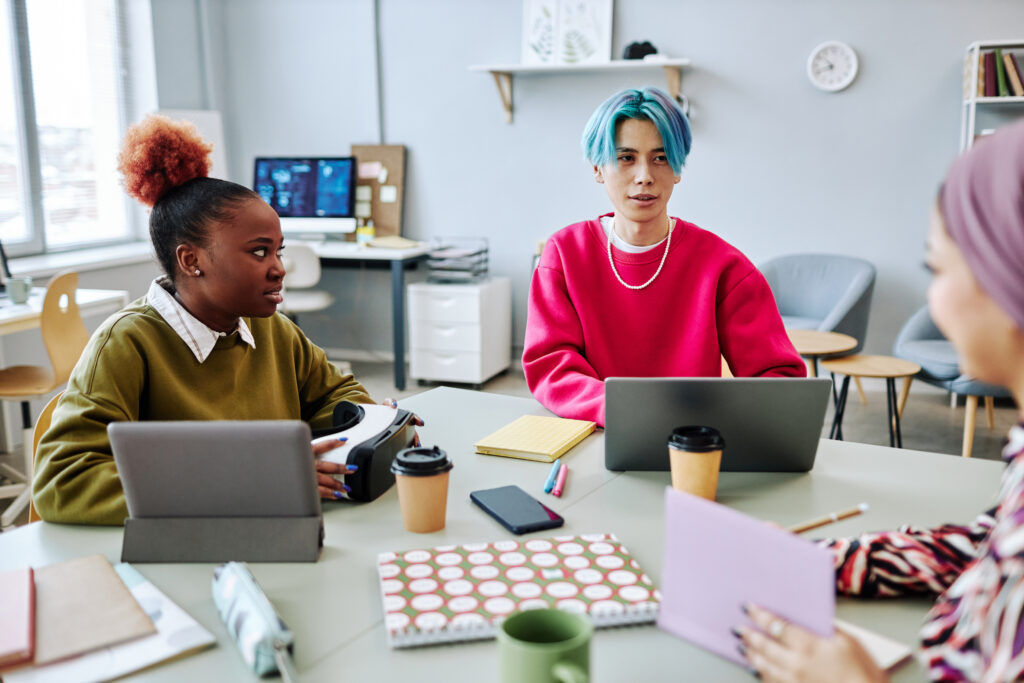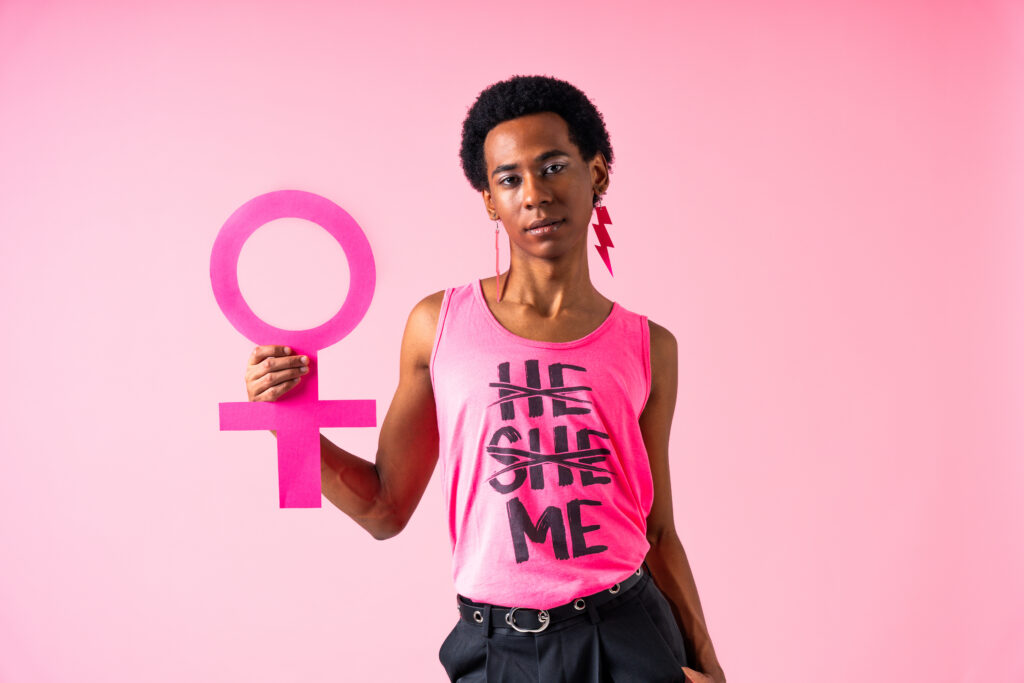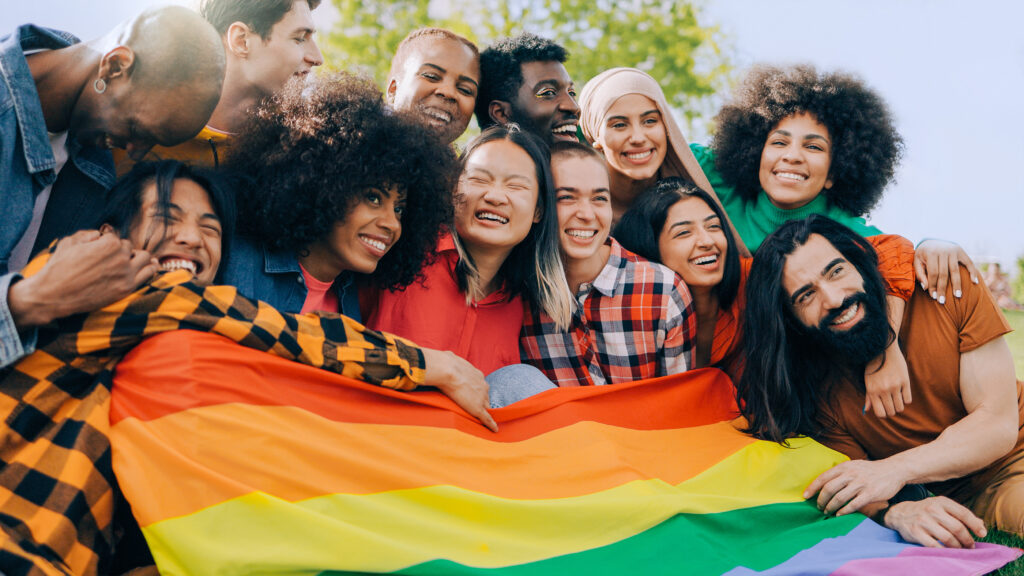
10 Jul Creating Gender-Inclusive Events
Creating gender-inclusive events is essential for fostering a welcoming environment where everyone feels valued. Achieving this inclusivity requires thoughtful planning and a genuine commitment to diversity and inclusion. Whether you are organising a conference, workshop, or social gathering, ensuring that your event is gender-inclusive can significantly and positively impact the success of the event. Here is a guide of practical strategies and insights to help you design and execute events that are welcoming and affirming for everyone.
Understand Gender Inclusivity
Before diving into the specifics of organising an inclusive event, it’s crucial to understand what gender inclusivity means. Gender inclusivity acknowledges and respects the spectrum of gender identities beyond the binary concept of male and female. It involves creating a space where people of all gender identities and expressions feel seen, respected, and included.
Use Inclusive Language
Language plays a powerful role in shaping perceptions and experiences. Ensure that all communication, from invitations to signage, uses inclusive language.
Here are some tips:
- Avoid Gendered Terms: Use terms like “everyone” or “folks” instead of “ladies and gentlemen.”
- Pronouns: Offer participants the opportunity to share their pronouns on name tags and in introductions. Use “they/them” as a default if you’re unsure of someone’s pronouns.
- Forms and Registration: Include options beyond “male” and “female” in registration forms and consider adding a space for people to specify their gender if they choose.

A diverse planning committee welcomes a more diverse range of ideas and views.
Planning with Intention
Representation Matters
When selecting speakers, panellists, or facilitators, ensure a diverse lineup that includes different gender identities. LGBTQ+ individuals bring authentic experiences and perspectives that can help ensure the event is genuinely inclusive and respectful. This not only enriches the conversation but also signals to attendees that all perspectives are valued.
Setting Clear Objectives
- Define what gender inclusivity means for your event.
- Establish goals that prioritise gender diversity and inclusion.
Inclusive Facilities
Gender-Inclusive Spaces
- Provide gender-neutral restrooms in addition to gender-specific ones, clearly marked and easily accessible.
- Designate specific areas where attendees can retreat if they need a moment away from the main event. These spaces should be quiet, comfortable, and accessible to everyone.
- Consider having counsellors or support staff available for those who might need someone to talk to.
On-Site Support
- Educate your event staff and volunteers on gender inclusivity.
- Conduct training sessions to help them understand the importance of inclusivity, how to use inclusive language, and how to handle situations where someone feels uncomfortable or disrespected.

Gender expression is how we communicate our gender through aspects of our expression such as clothing, hair, accessories, and mannerisms. We cannot assume someone’s gender identity from their gender expression.
Communication and Marketing
Inclusive Language
- Use inclusive and affirming language in all event communications.
- Avoid gendered language and consider using pronouns in introductions.
- Include pronoun identification as part of the event registration process and show pronouns on name badges at the registration desk.
Visual Representation
- Your marketing materials should reflect the inclusivity of your event.
- Use diverse images in all promotional content to signal that your event welcomes everyone.
- Visibility is especially crucial for LGBTQ+ individuals, as it validates their identities and experiences, making them feel seen and respected.

People are more likely to attend and engage with events where they feel represented and respected.
Post-Event Follow-Up
Feedback and Continuous Improvement
- Create channels for attendees to provide feedback on the inclusivity of your event.
- This could be through anonymous surveys, suggestion boxes, or direct communication with event organisers.
- Use the feedback to improve future events and demonstrate your commitment to gender inclusivity.
- Recognise the importance of inclusivity and affirm the value of diversity in your organisation.
Inclusivity is an ongoing journey, and each step you take contributes to a more equitable and inclusive society. By making conscious choices to support gender inclusivity, you not only enhance the experience for all attendees but also set a standard for others to follow. Let’s embrace the diversity around us and create spaces where everyone can thrive.


